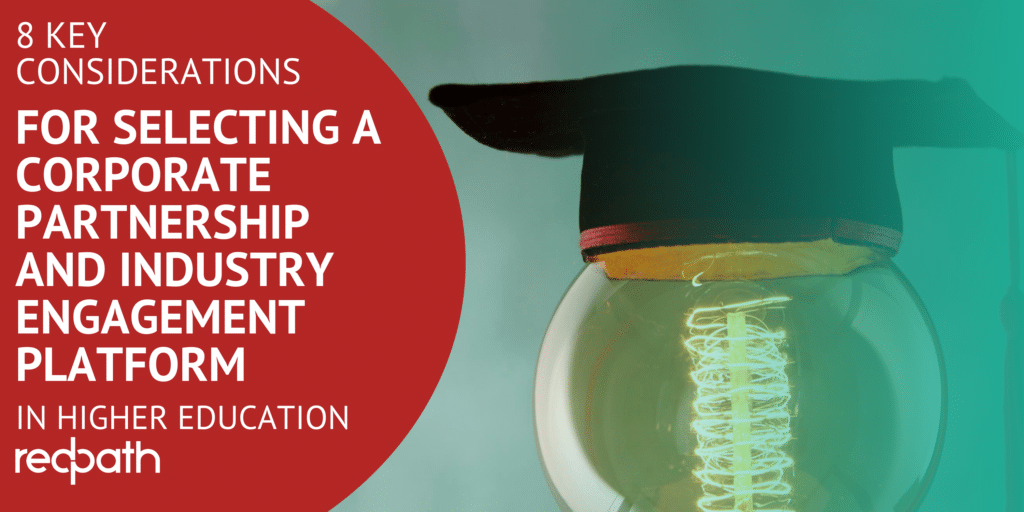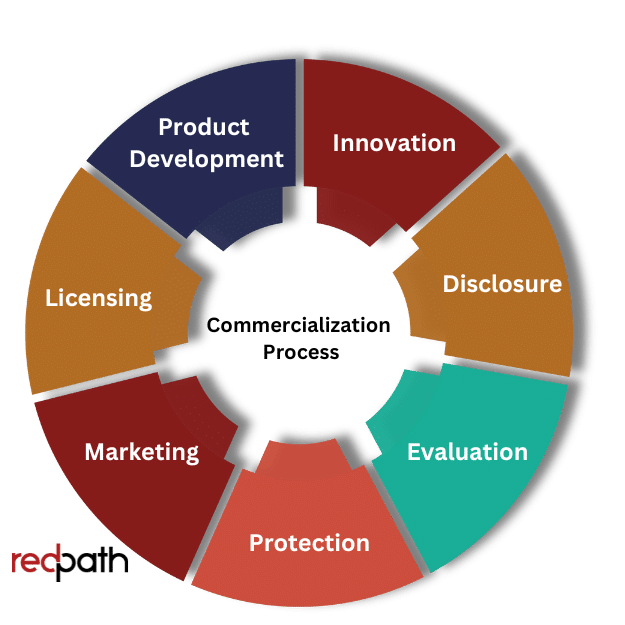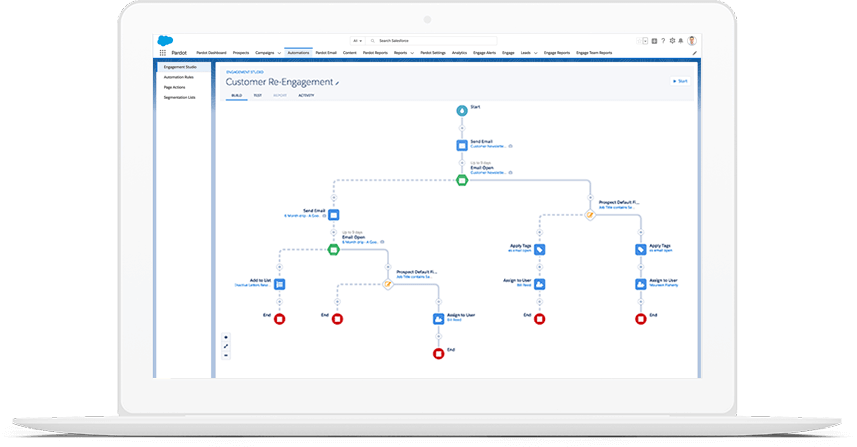8 Key Considerations for Selecting a Corporate Partnership and Industry Engagement Platform in Higher Education

The right Corporate Partnership and Industry Engagement platform can be a transformative tool for higher education institutions. It empowers institutions to enhance corporate partnerships, drive innovation, streamline operations, and foster impactful relationships with external partners. Here are eight critical considerations for selecting the right Customer Relationship Management (CRM) system for your institution:
01. Unified Partner Relationship Management
In higher education, relationships with corporate and industry partners span multiple touchpoints—research collaborations, corporate partnerships, funding opportunities, and more. A CRM system like Salesforce allows institutions to track every interaction across the organization, ensuring seamless communication and actionable insights. Prioritize a CRM that enables centralization and transparency for managing these complex relationships.
02. Capabilities for Technology Transfer and Commercialization

Bringing research and intellectual property (IP) to market is a growing priority in higher education. Look for CRM features that assist with business development, patent tracking, contract management, and incubator program support. Salesforce, for instance, enables universities to manage the lifecycle of commercialization efficiently.
03. Support for Sponsored Research and Research Administration
Managing grants, compliance, and research expenditures can be overwhelming without the right tools. A CRM designed for higher education should streamline these processes, enabling faculty and researchers to focus on innovation. Ensure the CRM supports collaboration on proposals, federal grant management, joint research activities, and comprehensive compliance tracking.
04. Facilitation of Workforce Development Initiatives
Institutions need to align academic offerings with industry needs to support workforce development. A CRM should allow tracking of internships, co-op programs, training initiatives, and continuing education enrollments. Workforce development metrics help demonstrate the institution’s economic and social impact, building stronger relationships with industry as well state and local economic development agencies.
05. Customizable Analytics for Actionable Insights
Understanding the impact of corporate and industry engagement requires robust analytics. Look for a CRM that provides customizable dashboards to track Key Performance Indicators (KPIs) like sponsored research activity, employment outcomes, and commercialization potential. Tools like Salesforce’s Education Cloud offer these capabilities, helping decision-makers act on real-time data.
06. Automation and Workflow Efficiency

Higher education institutions deal with complex workflows, from onboarding industry partners to managing research contracts. Choose a CRM that automates routine tasks, freeing up staff to focus on strategic goals. Salesforce’s workflow automation features, for example, can help reduce administrative overhead and allow staff to focus on the most critical tasks.
07. AI Readiness, Scalability, and Integration
As institutions grow, so do their data management and technological needs. Choose a CRM system that can scale with your institution, integrate seamlessly with existing tools, and support advanced technologies like artificial intelligence (AI). Salesforce’s connected ecosystem supports integrations with external systems, ensuring a smooth flow of information across the institution that can be leveraged in AI models and decision-making.
08. User-Friendly Design and Support
Adopting a new CRM requires buy-in from diverse stakeholders, including administrators, researchers, and external partners. A CRM should be intuitive, with robust training and support options. Platforms like Salesforce offer flexibility and user-friendly interfaces, ensuring smooth adoption across all teams.
Choosing the right partnerships and industry engagement platform for your higher education institution is not just about software—it’s about selecting a partner that aligns with your mission to foster partnerships, drive innovation, and support institutional growth. An experienced partner like Redpath and a well-designed CRM like Salesforce Education Cloud can empower your institution to achieve these goals while adapting to the dynamic needs of higher education.
With the rapid evolution of technology, Salesforce solutions are ever-changing and improving features. Contact our team for up-to-date information.

